If you ever find yourself wandering the tool aisles in search of the perfect tool for your job but remain a bit confused about what you really need, we are here to help. There are a plethora of tools on the market, and some perform very similar functions. We’ve talked about a few common tool questions in our informational articles like the Difference Between a Drill and an Impact Driver, or The Difference Between Brushed and Brushless Tools. Today we want to break down the differences, and similarities of two common tools- the Hammer Drill and the Rotary Hammer Drill. Let’s get into this now in The Difference Between a Hammer Drill and Rotary Hammer Drill.
The Difference Between a Hammer Drill and Rotary Hammer Drill – Overview
When it comes to drilling through tough materials, we know that all drills aren’t created equally. Softwood, dense wood, various metals, and all kinds of composites could require a different drill due to overall power or torque. But, what about the outliers, such as concrete? When faced with a purchase decision on a drill for a job such as drilling concrete, you’re looking at two options: the hammer drill, and the rotary hammer drill. Many homeowners may not even know a rotary hammer drill exists, let alone the difference between it and a basic hammer drill. Regardless of whether you have some of these drilling tasks ahead or not, it’s very valuable to know the difference! Let’s take a closer look and point out the key differentiation.
A big thanks to our friends at Bosch who provided the HDH183B Hammer Drill/Driver, and GBH18V20K21 Rotary Hammer Drill for our article! Both of these models feature cordless technology on Bosch’s 18V battery line, that provides superior power and performance. The Bosch lineup has a strong history of fantastic, and robust hammer drills for homeowners and professionals alike!
The Difference Between a Hammer Drill and Rotary Hammer Drill – Features
To start off, the main point of a rotary hammer drill is simply to be just that. Rotary hammer drills often have one speed, with a hammer drill feature, and a standalone chiseling option where the chuck only hammers, with no rotation. The chisel feature is great for removing excess cement or chopping block. All in all, the rotary hammer drill is the master of its domain!
On the other side, the standard hammer drill is far more versatile. More of a “jack of all trades, master of none”, unlike its counterpart. Hammer drilling is just an added option to most drill/driver that offer it, so this same tool can drive fasteners, and perform standard, non-concussive drilling.
This also includes having an array of speed and torque settings, and a generally lighter weight. If you’re looking for a well-rounded tool that also includes a hammer drill setting, the Bosch HDH183B is a great example of a tough, but speedy hammer drill/driver.
The Difference Between a Hammer Drill and Rotary Hammer Drill – The Hammer Factor
The most significant difference in the two would be the method of which the hammer force is generated from. Most hammer drills will have a much higher “blows per minute” or BPM rating than a rotary hammer drill, and this is often a confusing spec to look at – here’s why. Though the BPM is higher, a standard hammer drill only has small metal anvils behind the chuck in order to generate concussive blows to the material.
For a rotary hammer drill, the BPM could be 1/6th of the standard drill but still generates more energy. This is due to a strong internal piston driving the chuck forward for hard energy filled blows.
Overall, the rotary hammer drill does a much more efficient job of drilling through tough material.
The Difference Between a Hammer Drill and Rotary Hammer Drill – The Chuck
When looking at a standard drill/driver with a hammer drill feature, one will often notice a basic ratcheting chuck. Due to the high energy blows associated with hammer drilling, this isn’t the perfect option, even though it is often sufficient enough for basic jobs where only a small number of holes are needing to be drilled. The issue with a standard chuck for hammer drilling is the possibility of loosening after so many hard blows are given. Luckily, most modern ratcheting chucks keep a good enough hold for most homeowner and DIY jobs!
To increase reliability surrounding chuck security, the SDS chuck was developed. This chuck is present on almost all modern rotary hammer drills. This is designed to have a firm hold on masonry bits for high energy hammer drilling.
Of course, this requires specialized bits that fit the internal dogging mechanism of the SDS chuck.
This mechanism includes a smooth shank and two pre-loaded ball bearings that prevent slippage of the bit. This allows for a dual lock on the bit, inside of a cylindrical internal housing with little to no travel from the bit.
The Difference Between a Hammer Drill and Rotary Hammer Drill – Tool Style
Most noticeably, the two drills look vastly different even though they are made for similar tasks. Since a normal hammer drill is made for applications outside of just concussive drilling, it will often look very similar. Despite this, they are actually slightly larger than a standard drill/driver due to the added anvils near the clutch. A common ergonomic feature is the removable and adjustable stability handle that runs perpendicular to the tool body. This serves as a great way to hold onto the tool during hammer drilling.
On the other side of things, the rotary drill is purpose-built for long sessions of chiseling and drilling. The body of the drill is noticeably larger due to the internal piston. An oversize large rear handle, and adjustable stability handle near the nose for improved purchase.
The Difference Between a Hammer Drill and Rotary Hammer Drill – Conclusion
The truth is, most homeowners should absolutely own a hammer drill. Mainly, for tasks that require more drilling energy than what a standard drill can offer. Of course, this opens up the option of drilling concrete as well – just in case. Additionally, if you’re a homeowner or professional who frequently has projects involving concrete, the rotary hammer is the hands-down best way to drill and chip away at concrete or block. As stated above, the rotary hammer drill is a purpose-built tool. A serious one, designed to drill through the hard materials is put up against.
A huge thank you again to Bosch for providing these two tools to be used for this article! The Hammer Drill/Driver, HDH183B is available for purchase on Amazon for $139.00 Bare Tool. The Rotary Hammer Drill GBH18V20K21 is available for purchase on Amazon for $399.00 with two batteries and a charger.

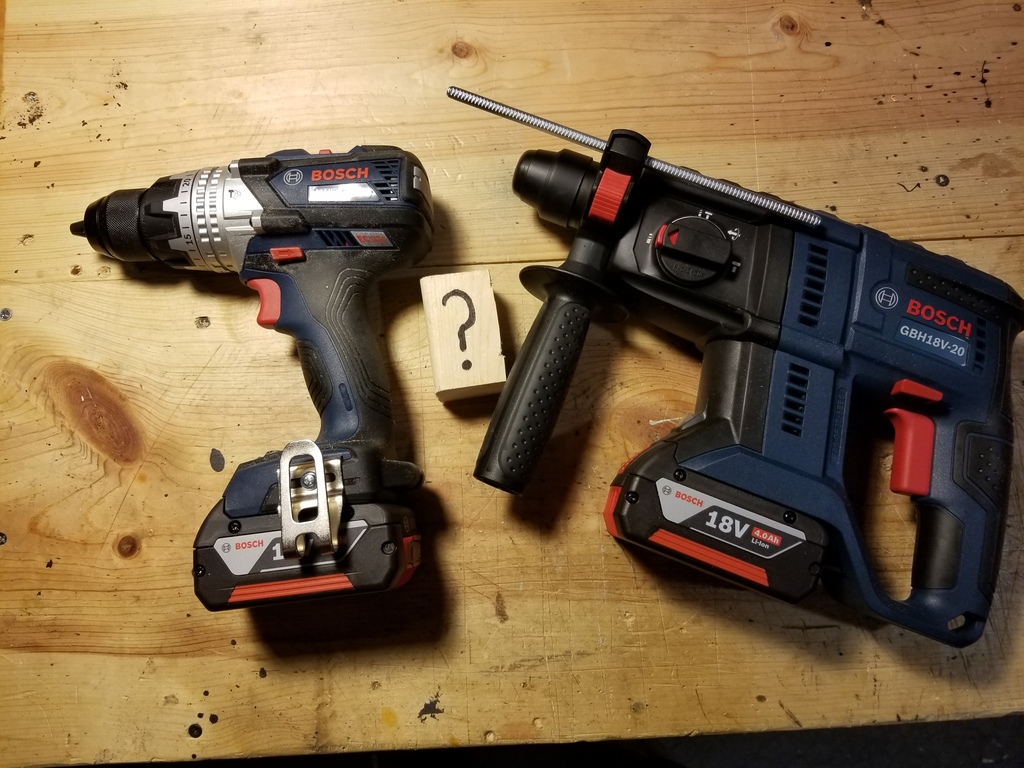

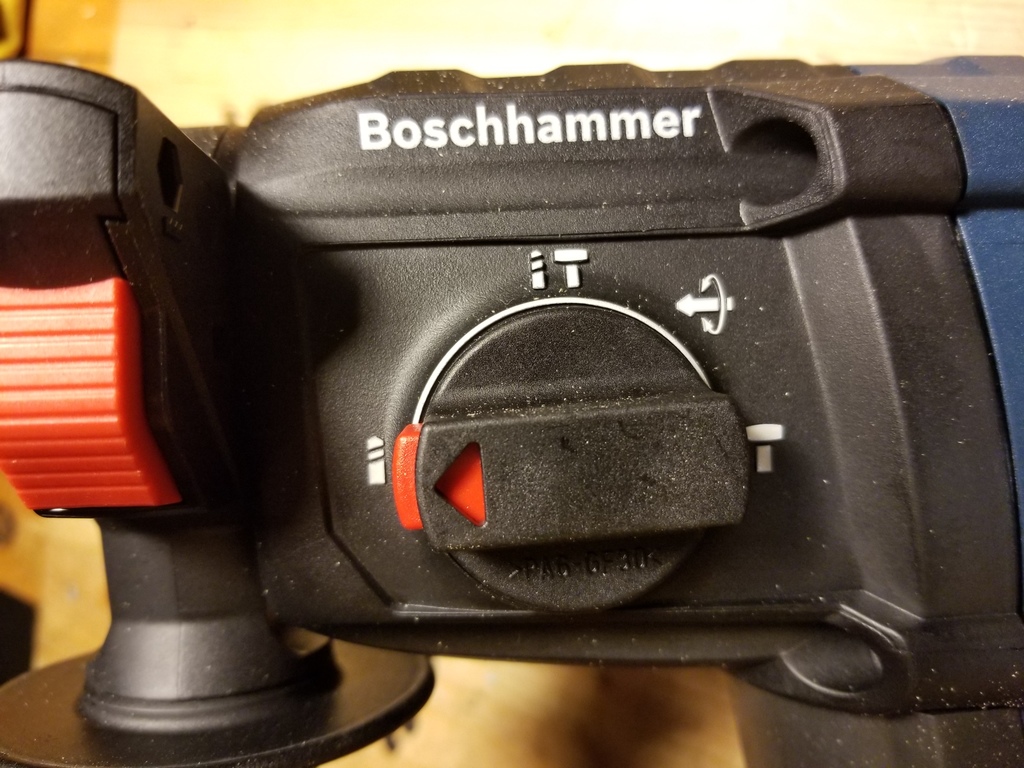
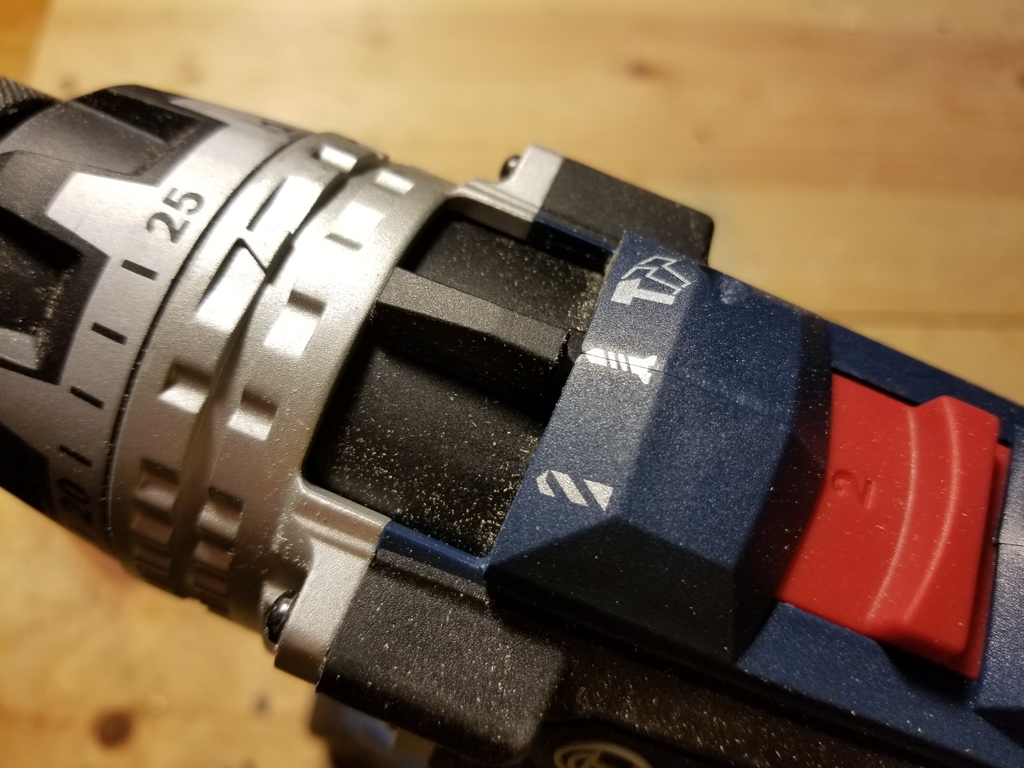
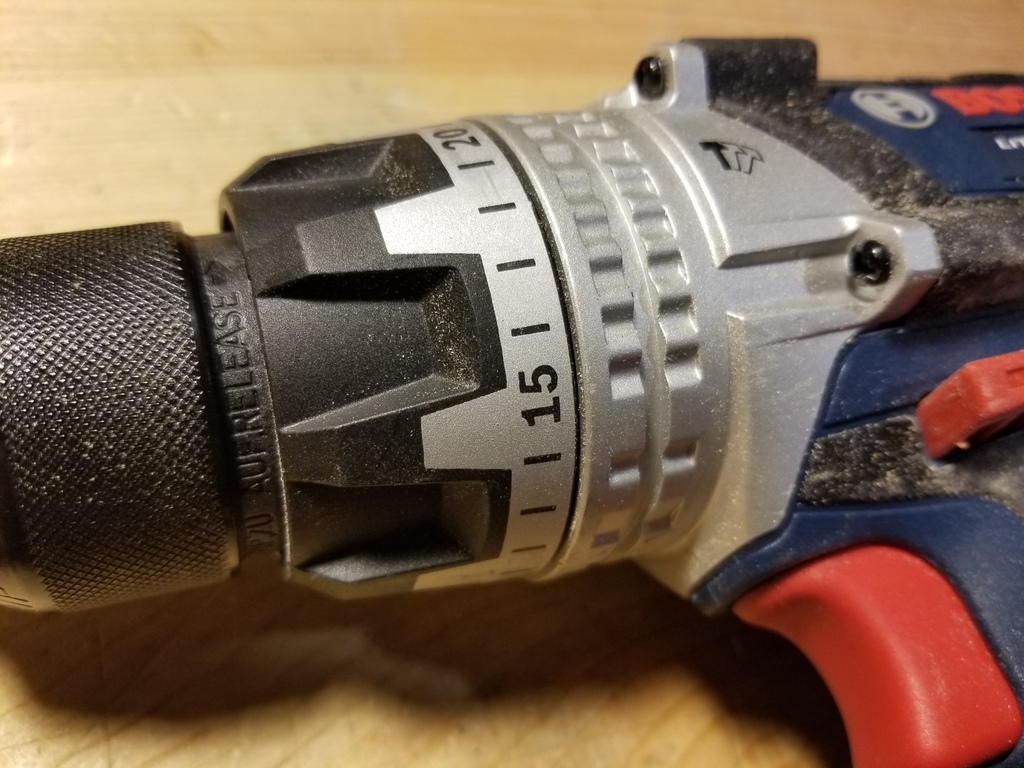
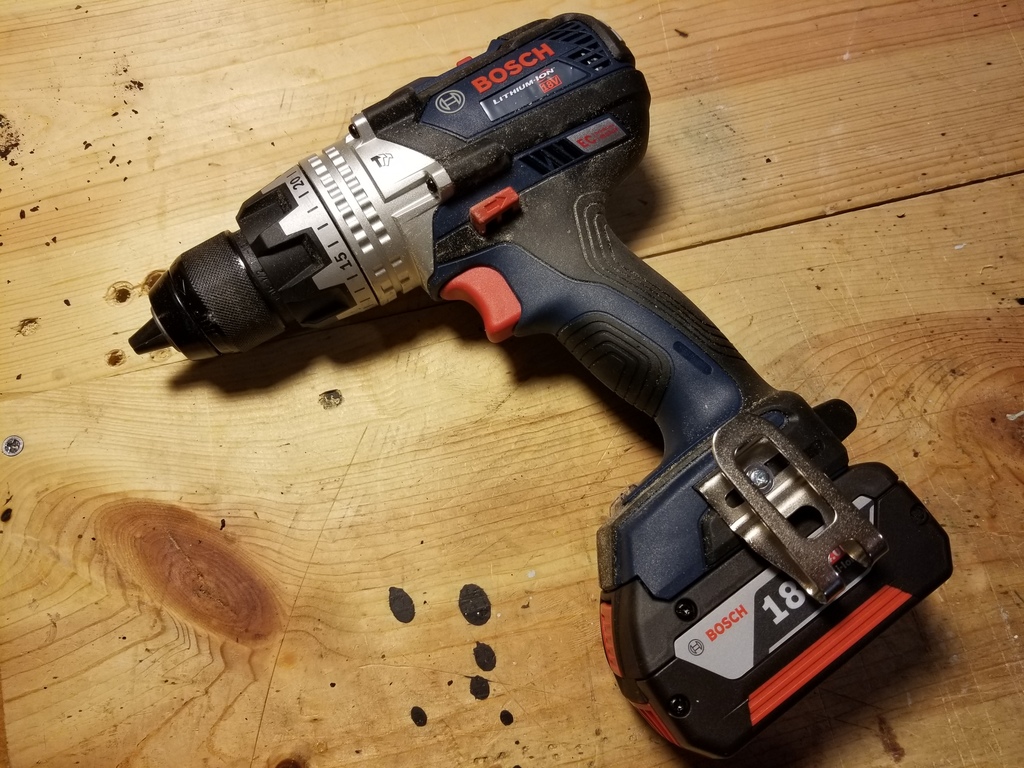
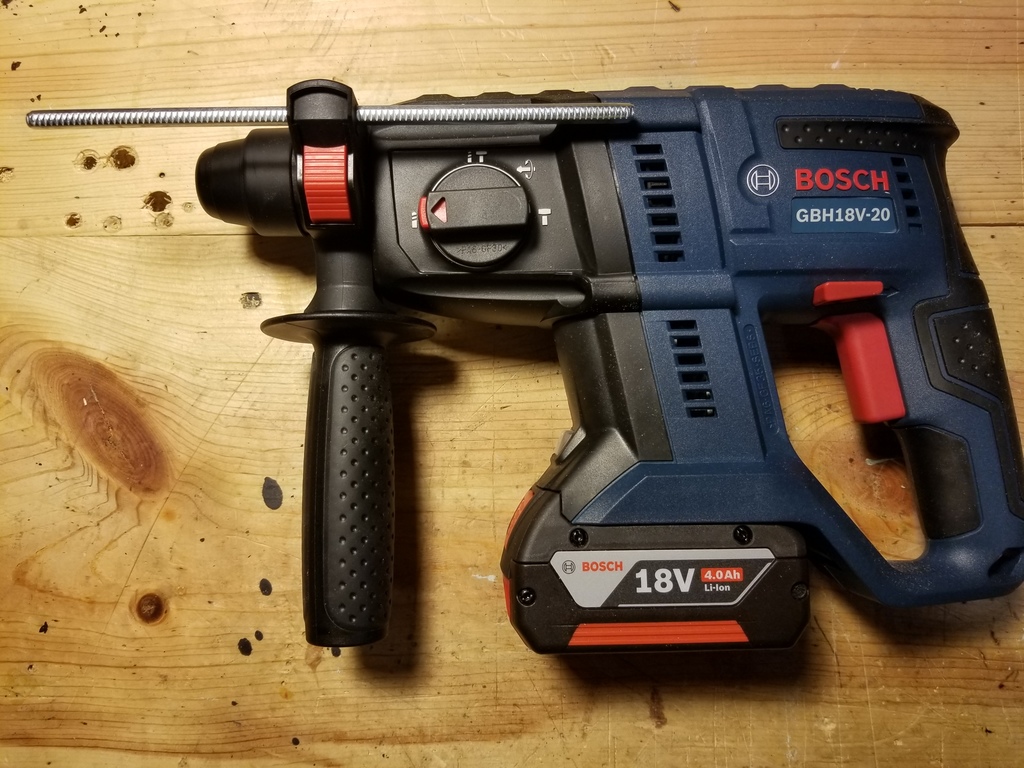
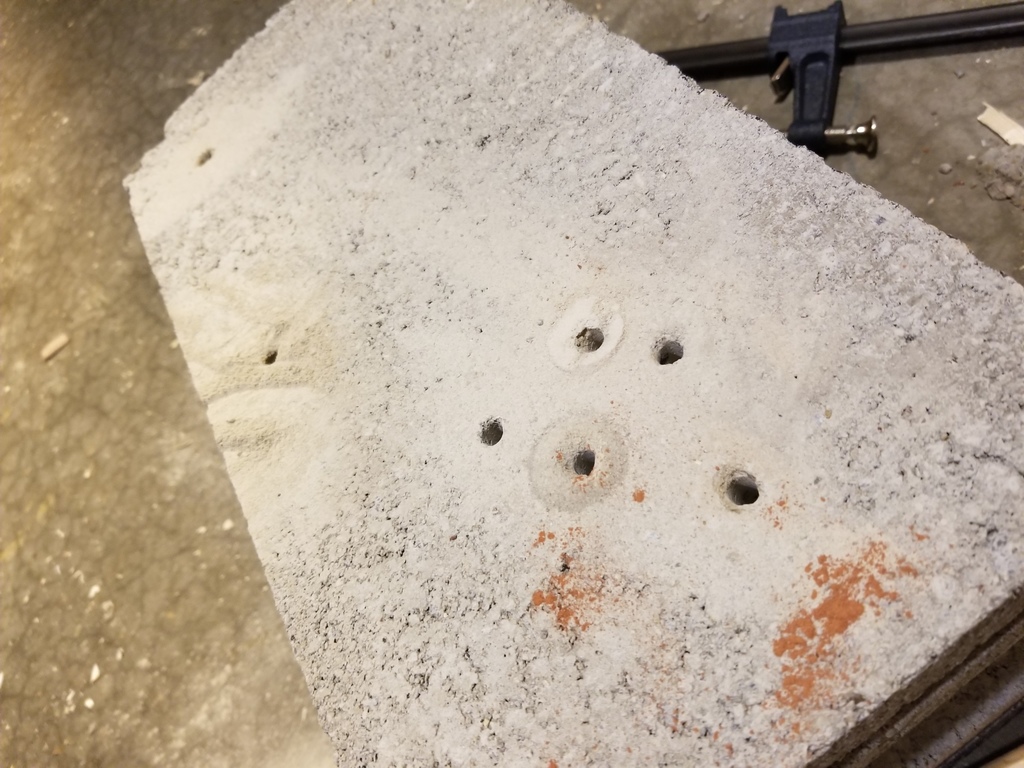
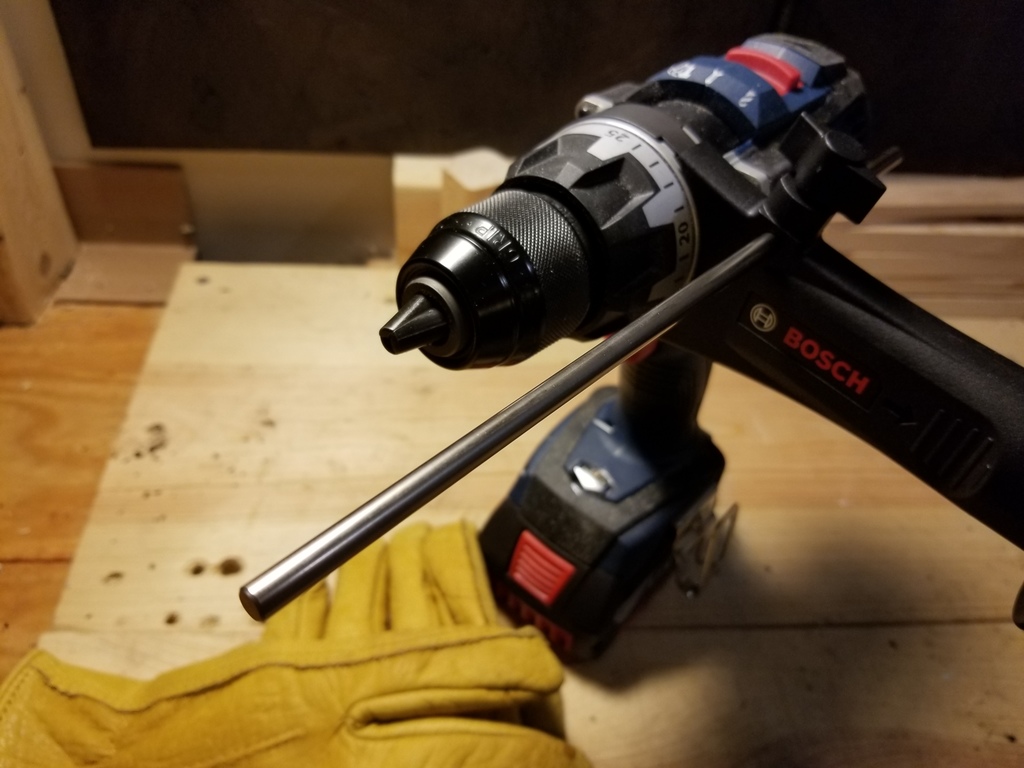
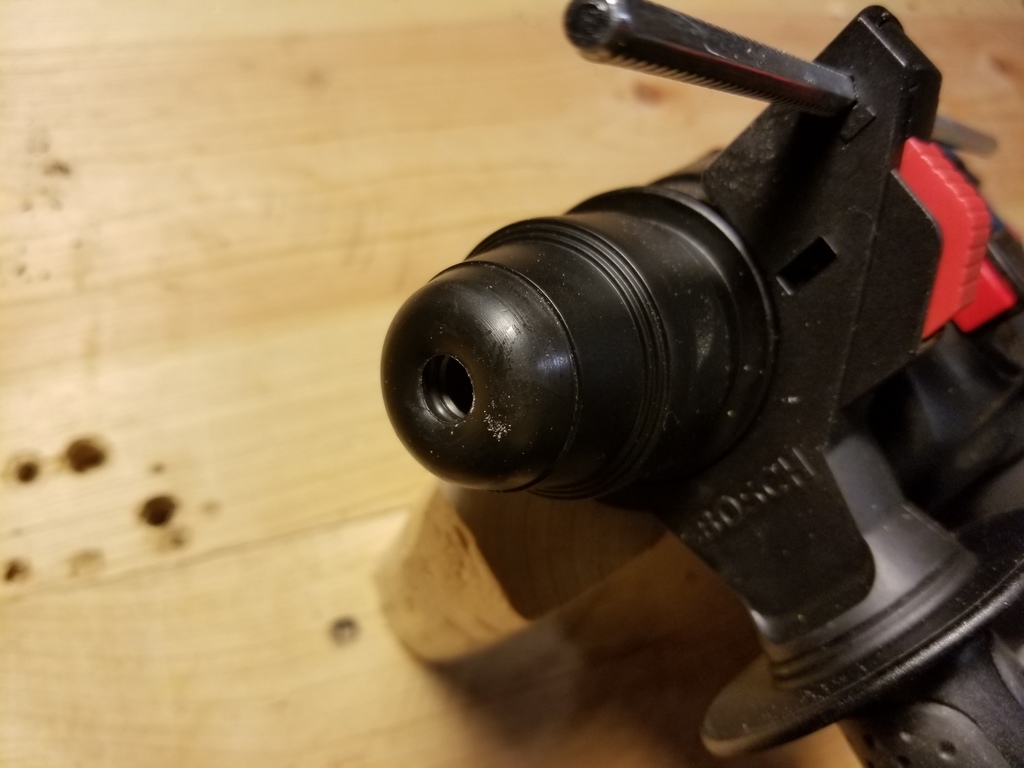
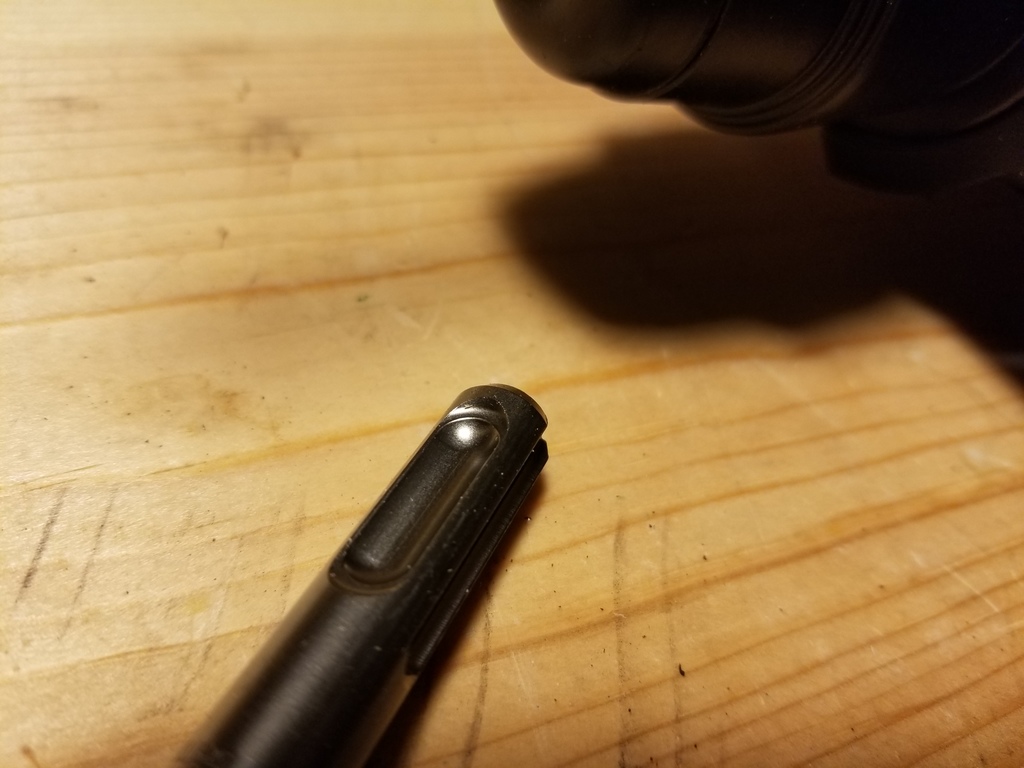
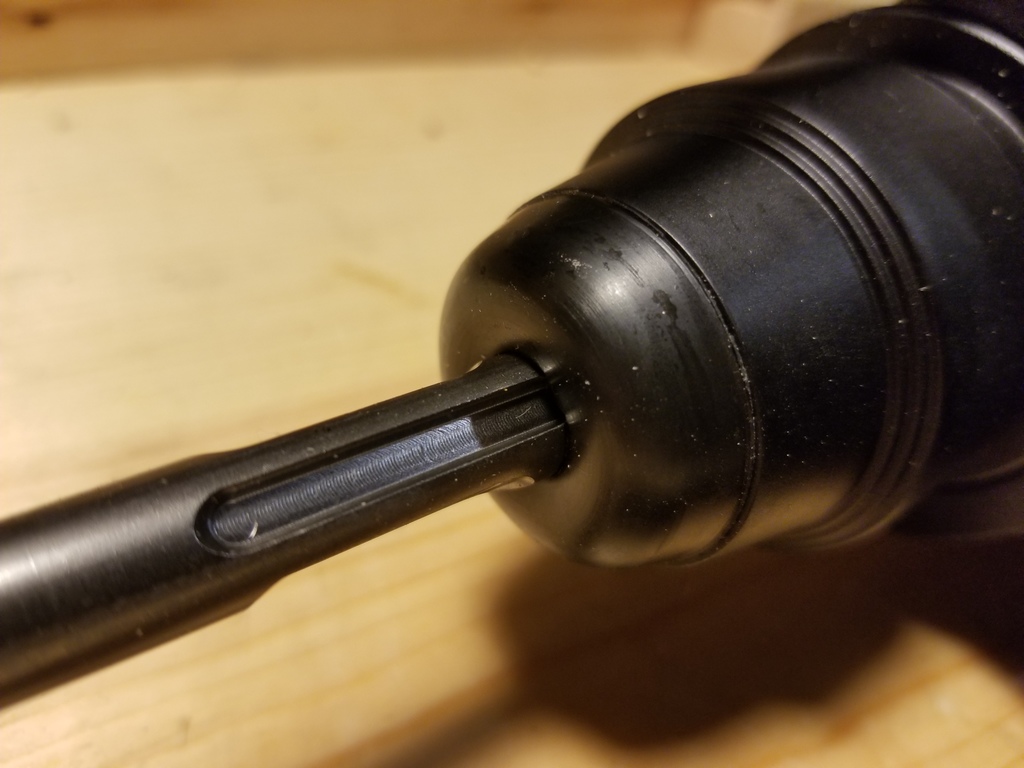
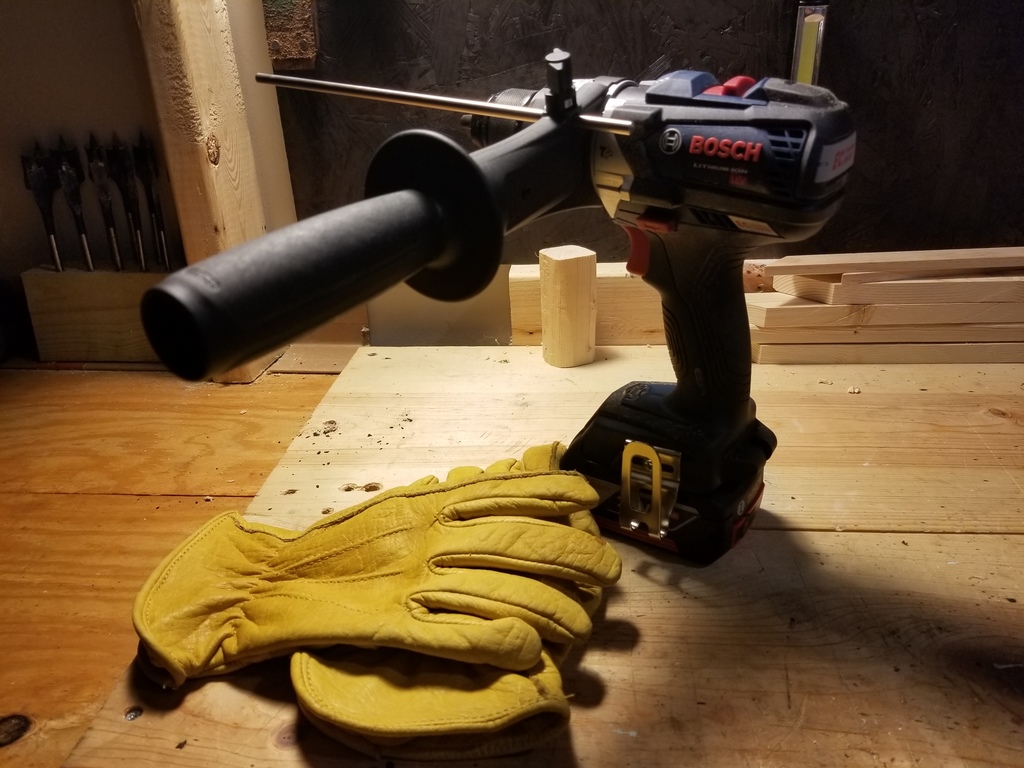
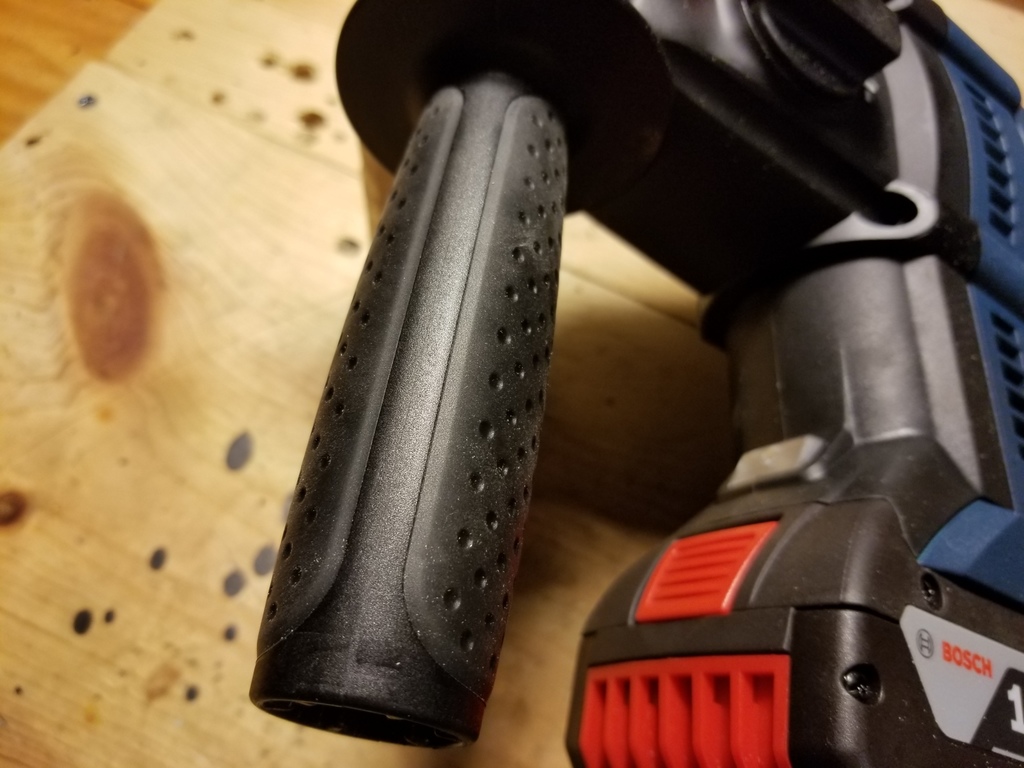
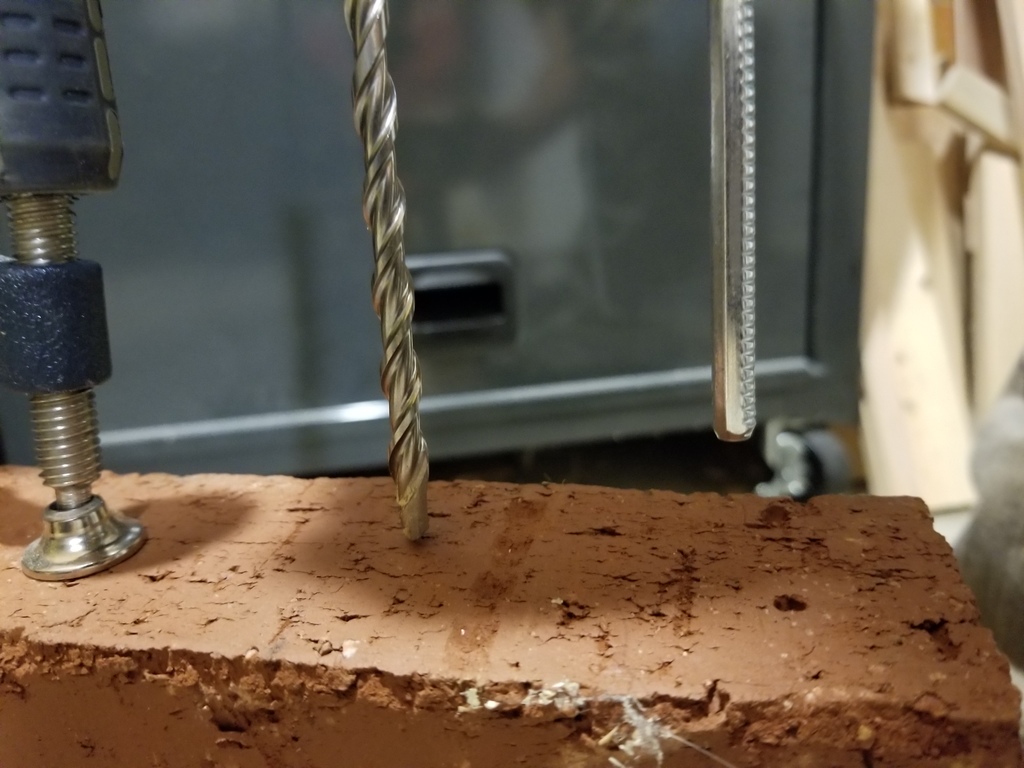
I’ve always advised that if anyone is planning on regularly drilling anything larger than pilot holes for tapcons (3/16 hole for 5/16 screw), then a rotohammer is the clear choice. Hammer drills are inefficient and destructive to the mechanism and tool with heavy use. I do believe that the hammer drill is an option Joe/Jane Homeowner should opt for as good preparation for minor jobs, but it’s unlikely that routine home maintenance will require the steep price and superior capability that come with a rotohammer. Being an industrial contractor myself however, I personally own a pair of rotohammers of different sizes and have since stopped purchasing drills with the hammer drilling option. Something people often forget to consider is that the hammer drills are noticably larger/longer than their non hammer drilling drill/driver counterparts. Horses for courses I suppose, but the rotohammer “horse” will beat the hammer drill on any “course” in this case. Great write up, I enjoy seeing these educational articles available to contrast the internet’s thousands of sponsored shopping advice reviews. It’s great to know that there’s folks here who promote enjoyment of tools and how to use them effectively. Good stuff.
Plain old vibrating hammer drills are virtually worthless against anything other than brick or stucco and I just don’t buy them anymore. Makita has a cordless SDS-Plus rotary hammer with an integrated, detachable HEPA vac that’s super lightweight and easy to tote around. It’s perfect for knocking out tile in tight spaces or planting new door thresholds in slabs–which is most of what the average homeowner would ever need one for.
Such an amazing post. It gives me some great Information that I’m looking for and I hope you have a great knowledge about It. Thanks and keep sharing …..!!
The words used here to describe the normal hammer drill is wrong.. it is called as impact drill not hammer drill.
The actual heading should have been “Difference between a Hammer drill and an Impact drill”
Impact drills can be used only in masonry walls and not on concrete.. whereas hammer drills are used in concrete..
I don’t think I’ve ever seen hammer drills called impact drills, at least not in North America. Here in the states the article is correct, hammer drill, and rotary hammer. Then of course you have drill drivers, and impact fastener, and impact wrench. Unless I’m missing something here.